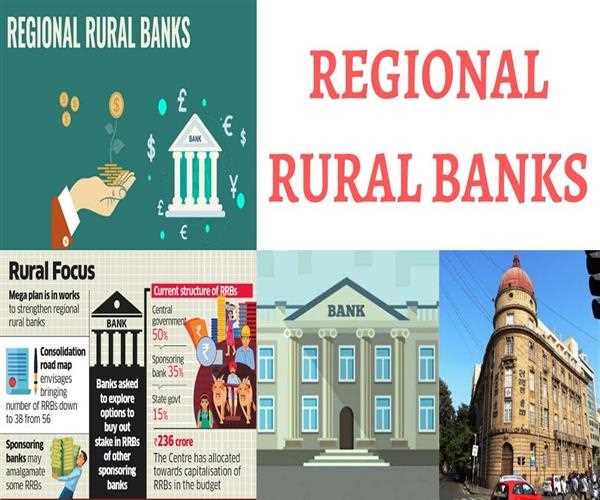The first Regional Rural Bank (RRB) of India was established in the year 1975 with the enactment of the Regional Rural Banks Act, of 1976. The main purpose of establishing RRBs was to provide banking services to the rural areas and agricultural sectors in India.
The idea of establishing RRBs was first mooted by the NABARD (National Bank for Agriculture and Rural Development) in 1975 and was later approved by the Government of India. The idea of setting up RRBs was to extend banking services to the rural and agricultural sectors in India, which had been largely neglected by commercial banks.

Prior to the establishment of RRBs, commercial banks had a limited presence in rural areas and agricultural sectors in India. This had a major impact on the economy as rural areas and agricultural sectors had limited access to credit and banking services.
The Regional Rural Banks Act, of 1976, provided the legal framework for the establishment of RRBs in India. Under the Act, RRBs were established in the states of Andhra Pradesh, Bihar, Gujarat, Karnataka, Kerala, Maharashtra, Madhya Pradesh, Orissa, Punjab, Rajasthan, Tamil Nadu, Uttar Pradesh, West Bengal, and Assam.
Read More: Why do businesses need automation in the form of bank
The Government of India (GoI) provided the initial capital to the RRBs and also provided support in the form of loans and grants. In addition, the GoI also provided the RRBs with technical know-how and expertise. The initial capital provided by the GoaI was Rs 5 Crore.
The RRBs were initially established with the aim of providing banking services to the rural and agricultural sectors. However, over time, the RRBs have also started providing services such as deposits and loans to small and medium-scale industries, and other services such as credit cards, consumer loans, and housing loans.
Today, there are a total of 56 RRBs functioning in India and they are providing banking services to more than 3.2 crore customers spread across over 20,000 villages. The RRBs have also helped in creating employment opportunities in rural areas and have improved the standard of living of the people living in rural areas.
The RRBs have also helped in bridging the gap between urban and rural banking. The RRBs have also helped in improving access to credit and banking services in rural areas and have helped in increasing the financial inclusion of the rural population.
Overall, the establishment of RRBs has had a major impact on the economy of India. By providing banking services to the rural areas and agricultural sectors in India, the RRBs have helped in improving the standard of living of the people living in the rural areas and have also helped in improving access to credit and banking services in the rural areas.